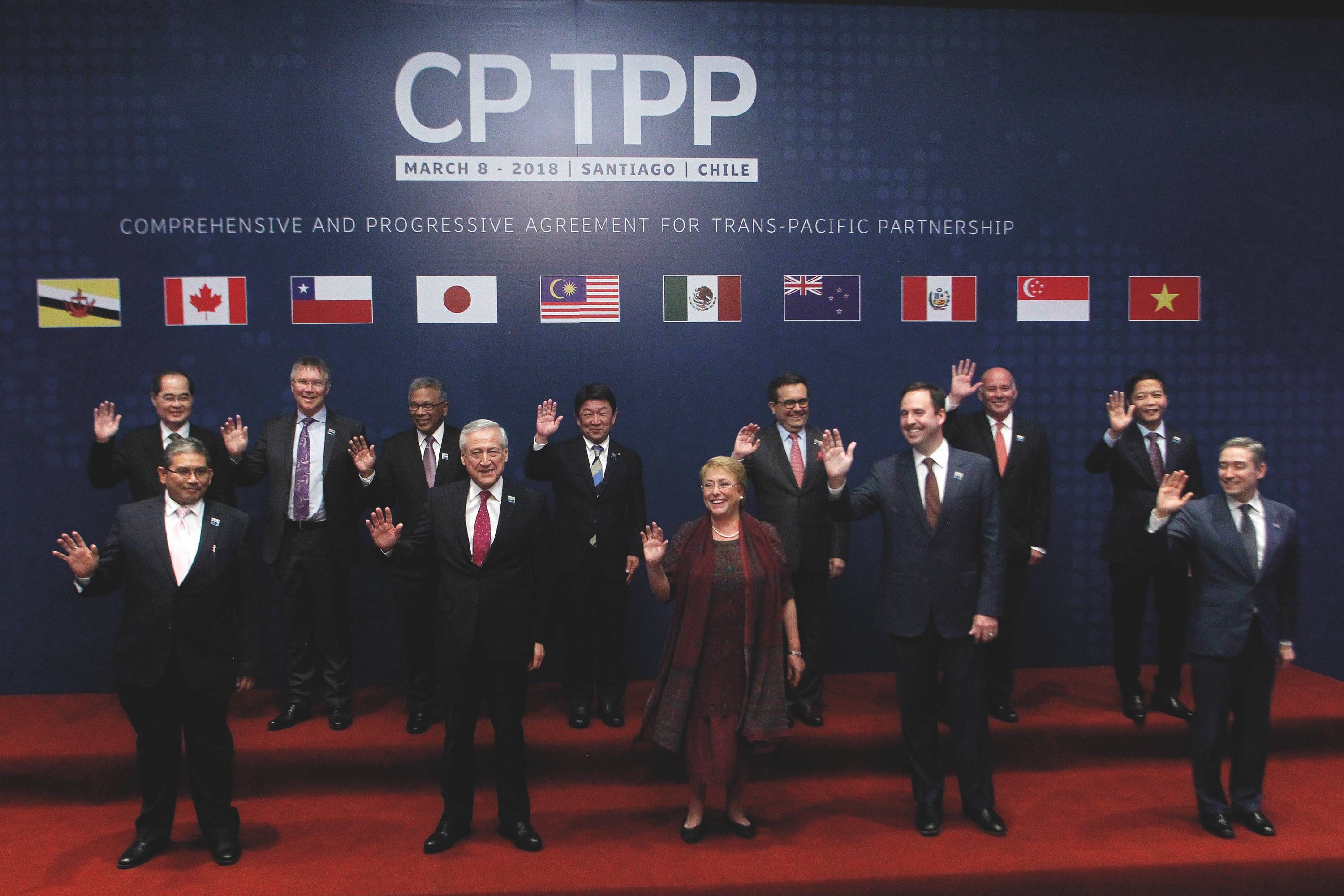It has been more than a year since Shinzo Abe, Japan’s longest-serving prime minister, resigned due to illness. His successor, Yoshihide Suga, has come and gone. But institutional innovations that Abe spearheaded — namely, the Comprehensive and Progressive Agreement for Trans-Pacific Partnership (CPTPP) and the Quadrilateral Security Dialogue, or “the Quad” — look likely to shape Asia’s geopolitical landscape for a long time to come.
Abe worked tirelessly to deliver the CPTPP, after former President Donald Trump effectively torpedoed its predecessor pact, the Trans-Pacific Partnership, by withdrawing the United States. The agreement that Abe revived currently includes 11 Asia-Pacific countries, with combined economic output of nearly $14 trillion.
Moreover, the CPTPP’s ranks are set to grow. The United Kingdom formally applied to join the pact last February. In September, China did the same, in an apparent effort to highlight its commitment to free trade — and set itself further apart from the United States. Taiwan applied six days later.

















With your current subscription plan you can comment on stories. However, before writing your first comment, please create a display name in the Profile section of your subscriber account page.